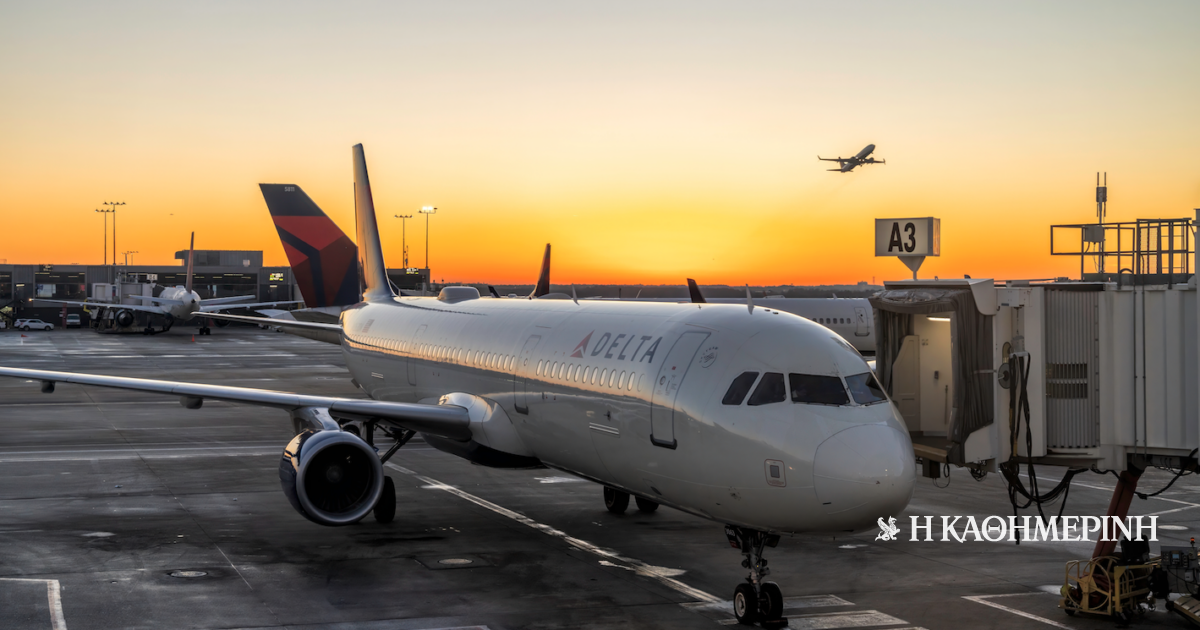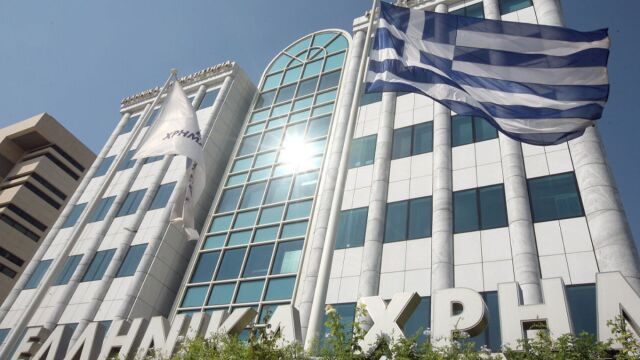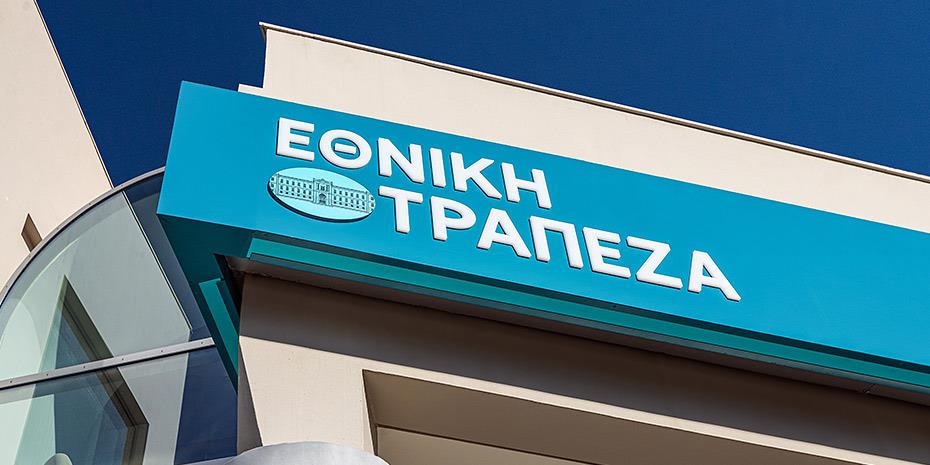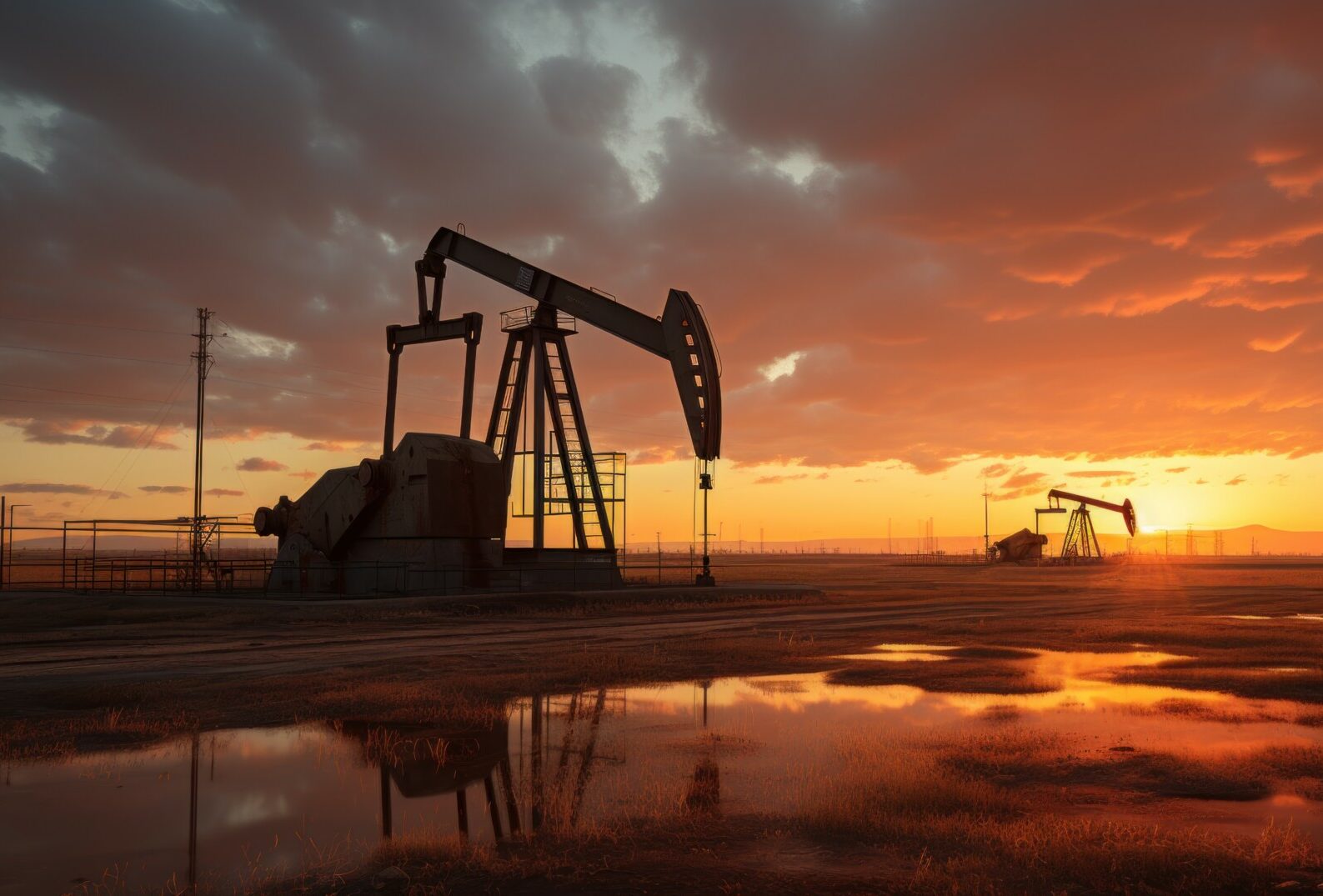Greece Faces €29 Billion Infrastructure Challenge to Meet Future Demands
Greece is expected to invest approximately €29 billion—or around 12% of its GDP—over the next decade in non-energy infrastructure, with a focus on roads, railways, and ports, according to a recent report by Allianz Research. This investment is seen as essential for the country to meet the growing demands driven by demographic shifts, climate change, and accelerating digitalization.
The projected investment closely mirrors the €36 billion in EU Recovery and Resilience funds earmarked for Greece and exceeds the current €26 billion allocation from the country’s multiannual development program. Globally, the need for non-energy infrastructure investment is expected to reach $11.5 trillion (€13.3 trillion) by 2035.
Allianz highlights that, worldwide, nearly 3.5% of annual GDP will need to be directed toward social, transport, and digital infrastructure that is resilient to long-term trends. These trends include growing urbanization, the escalating effects of climate change, ongoing disruptions in global supply chains, and the widespread adoption of artificial intelligence.
Developed economies, in particular, face an additional challenge: much of their existing infrastructure was built in the mid-20th century and now requires either significant renovation or complete replacement. In Europe, a large proportion of current infrastructure dates back to the post–World War II boom years.
While aging populations in regions such as Japan and Western Europe may slightly slow the increase in infrastructure demand, the need for investment remains urgent. Allianz emphasizes that older infrastructure systems must be maintained and upgraded—ranging from bridges to water supply networks—to serve the needs of an aging demographic.
This includes modernizing healthcare facilities and ensuring transportation systems are accessible to all.
The report also notes that by 2040, the global population is expected to grow by 25%, while urban populations will increase by 46% as migration to cities accelerates. This rapid urbanization will place enormous pressure on existing infrastructure, especially in urban areas where transportation, housing, water, and energy systems must be expanded and adapted. By 2050, an estimated 70% of the world’s population will reside in cities, making the need for climate-resilient urban infrastructure more pressing than ever.
In addition to demographic and environmental pressures, shifting geopolitical dynamics and supply chain vulnerabilities exposed by the COVID-19 pandemic have led many nations, particularly in the West, to reconsider the offshoring of industrial production. The trend toward reshoring is now driving increased demand for domestic manufacturing facilities and the logistics infrastructure needed to support them, including warehouses, ports, and rail connections.
On a national level, Allianz estimates that the United States will need to invest over $1 trillion in infrastructure during the next decade, with road networks requiring the lion’s share. China will need an estimated $1.5 trillion, while France, Germany, the United Kingdom, and Spain are projected to require a combined $0.5 trillion (€0.58 trillion) in infrastructure investment.
For Greece, the breakdown of the €29 billion in required investment by 2035 is heavily weighted toward road infrastructure, which will require about €21.3 billion. Ports will need an estimated €3.7 billion, while rail systems will require approximately €2.43 billion.
Content Original Link:
" target="_blank">










































